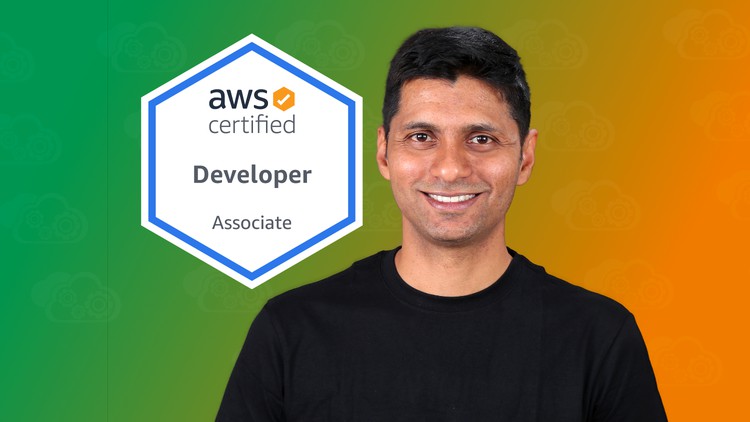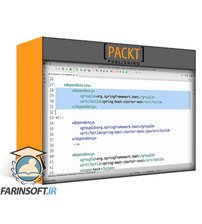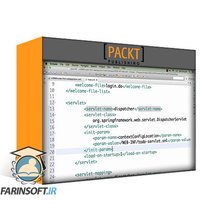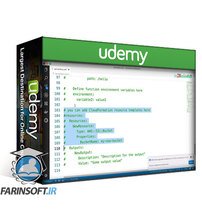233 - Step 01 Introduction to DynamoDB
234 - Step 02 Understanding DynamoDB Hierarchy Tables Items and Attributes
235 - Step 03 Exploring DynamoDB Data Types
236 - Step 04 Playing with DynamoDB
237 - Step 05 Exploring DynamoDB Primary Key and Partitions
238 - Step 06 Understanding DynamoDB Local Secondary Index LSI
239 - Step 07 Understanding DynamoDB Global Secondary Index GSI
240 - Step 08 Understanding DynamoDB Data Consistency Levels
241 - Step 09 Understanding DynamoDB Capacity Modes Provisioned and OnDemand
242 - Step 10 Understanding DynamoDB Read Write Capacity Calculations 1
243 - Step 11 Understanding DynamoDB Read Write Capacity Calculations 2
244 - Step 12 Exploring DynamoDB Query vs Scan
245 - Step 13 Creating Cloud9 Environment
246 - Commands executed in next steps.html
247 - Step 14 Playing with DynamoDB APIs from Cloud9 Command Line
248 - Step 15 Exploring DynamoDB Projection and Filter Expressions
249 - Step 16 Exploring DynamoDB Pagination
250 - Step 17 Exploring Other DynamoDB API
251 - Step 18 Exploring DynamoDB API Errors
252 - Step 19 Exploring DynamoDB TTL Time To Live Attribute
253 - Step 20 Designing DynamoDB Tables Choosing Partition Keys
254 - Step 21 Designing DynamoDB Tables Time Series Data
255 - Step 22 01 Understanding Optimistic Locking with DynamoDB
256 - Step 22 02 Exploring DynamoDB Best Practices
257 - Step 22 03 IAM Policy Restrict User Access on DynamoDB and S3
258 - Step 23 DynamoDB Things to Remember
259 - Step 24 Exploring DynamoDB Streams
260 - Step 25 Taking care of Operations for DynamoDB
261 - Step 26 Taking care of Security for DynamoDB IAM and Encryption
262 - Step 27 Comparing DynamoDB with RDS
263 - Step 28 Exploring DAX DynamoDB Accelerator
264 - Step 29 Exploring DynamoDB Scenarios
265 - WARNING BILLING ALERT Delete DynamoDB Tables.html





![[NEW] Python Bootcamp: Master Python Programming in 2024](https://farinmedia.ir/farinmedia-img/https://farinmedia.ir/farinmedia-img/images-123/27719.jpgmain-resized.jpg)





